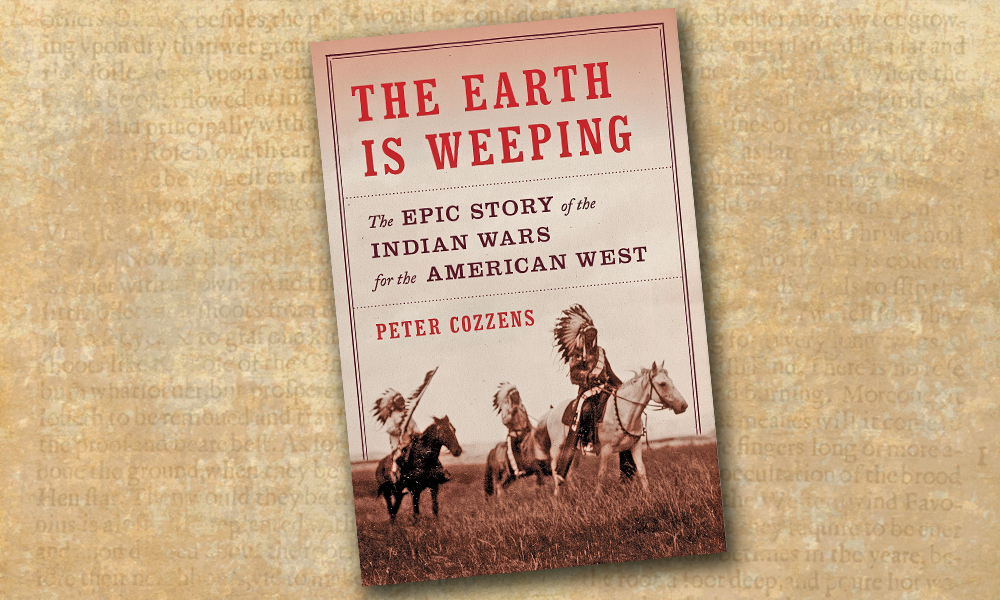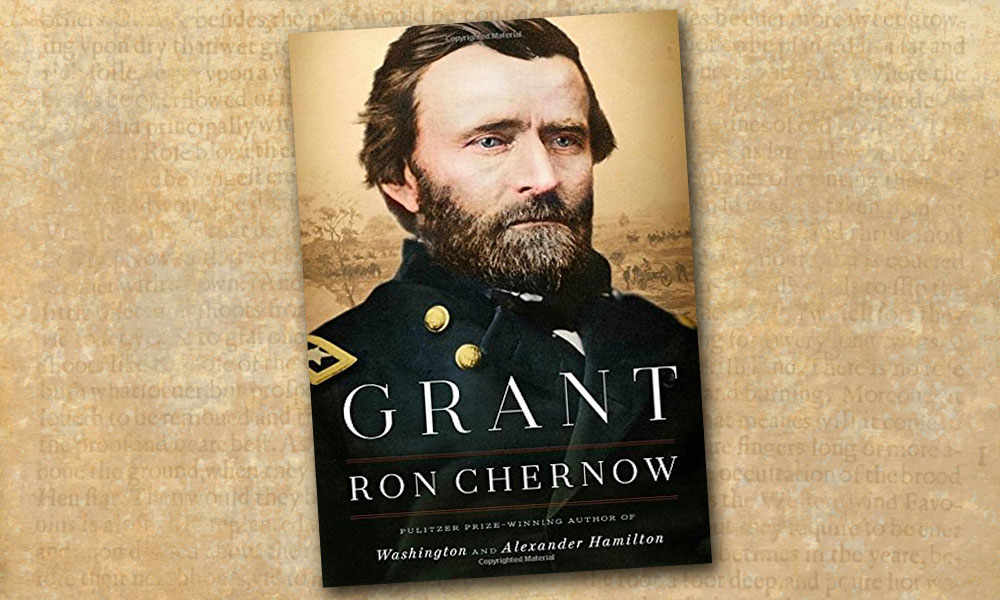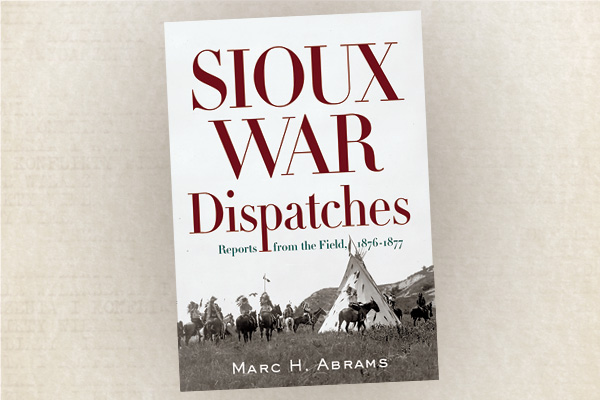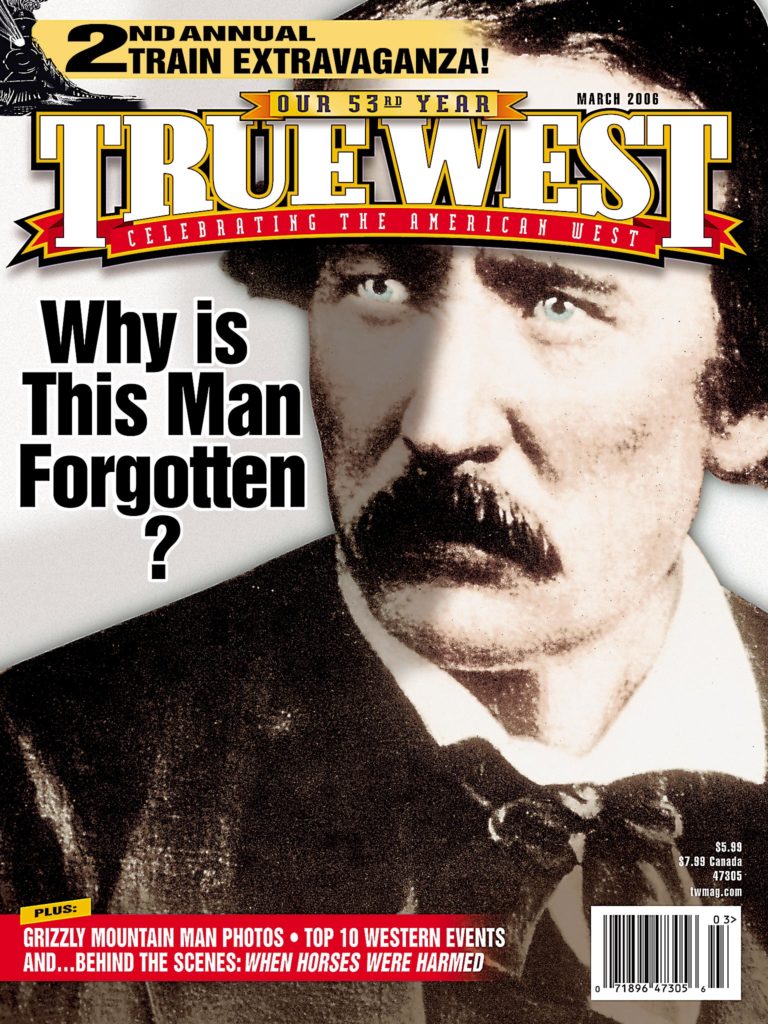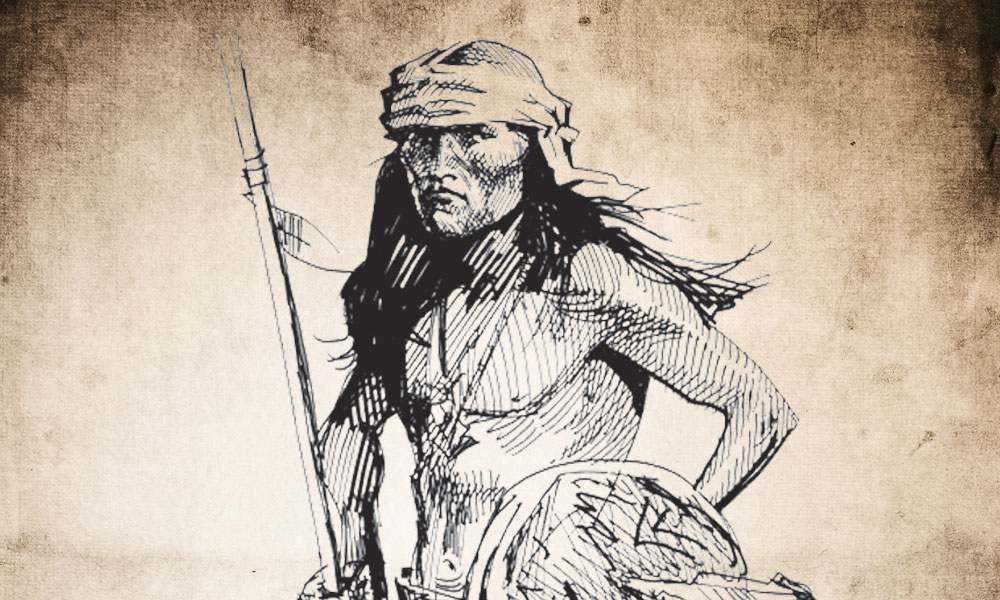
Perhaps the greatest chief of the Chiricahua Apaches who ever lived, Cochise fought his way through southeastern Arizona and into Mexico in the 1870s, killing, as he put it, “10 white men for every Indian I have lost.” Tired of fighting, Cochise negotiated for peace in 1872 and never fought again. He supposedly died of cancer on June 8, 1874, and his body is buried in a secret crevice in his Dragoon Stronghold within Arizona’s Coronado National Forest. In spite of his controversial reputation, the people of Arizona named a county after him a mere seven years after his death.


